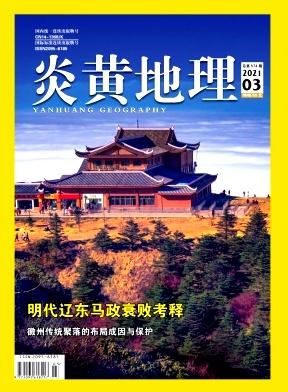A framework of autonomous knowledge transfer for robot navigation task
引用次数: 0
Abstract
This paper proposes a framework of knowledge transfer used in the robot navigation problem, in order to speedup the learning process when the robot meets new or more complex task. Take the graph of source navigation maps as the template library, Principal Component Analysis method is adopted to match the target graph with source template. Then, the robot recognizes the similar source task. The value-function of the selected source task, which correlates the cumulative rewards with the sensory information corresponding to the generalized distance information to each beacon, is transferred to the target task. With this approach, the robot can choose the most related knowledge from the source tasks and transfer the generalized knowledge to the target navigation task automatically without handed code mapping between tasks. Experimental results demonstrate that the presented transfer method can yield a remarkable speedup for learning process in the robot navigation task.面向机器人导航任务的自主知识转移框架
本文提出了一种用于机器人导航问题的知识迁移框架,以加快机器人在遇到新的或更复杂的任务时的学习过程。以源导航图为模板库,采用主成分分析法对目标图与源模板进行匹配。然后,机器人识别相似的源任务。所选源任务的值函数将累积奖励与每个信标广义距离信息对应的感官信息相关联,并传递给目标任务。利用该方法,机器人可以从源任务中选择最相关的知识,并自动将泛化的知识传递给目标导航任务,而无需在任务之间手工进行代码映射。实验结果表明,所提出的迁移方法可以显著加快机器人导航任务的学习速度。
本文章由计算机程序翻译,如有差异,请以英文原文为准。
求助全文
约1分钟内获得全文
求助全文

 求助内容:
求助内容: 应助结果提醒方式:
应助结果提醒方式:


